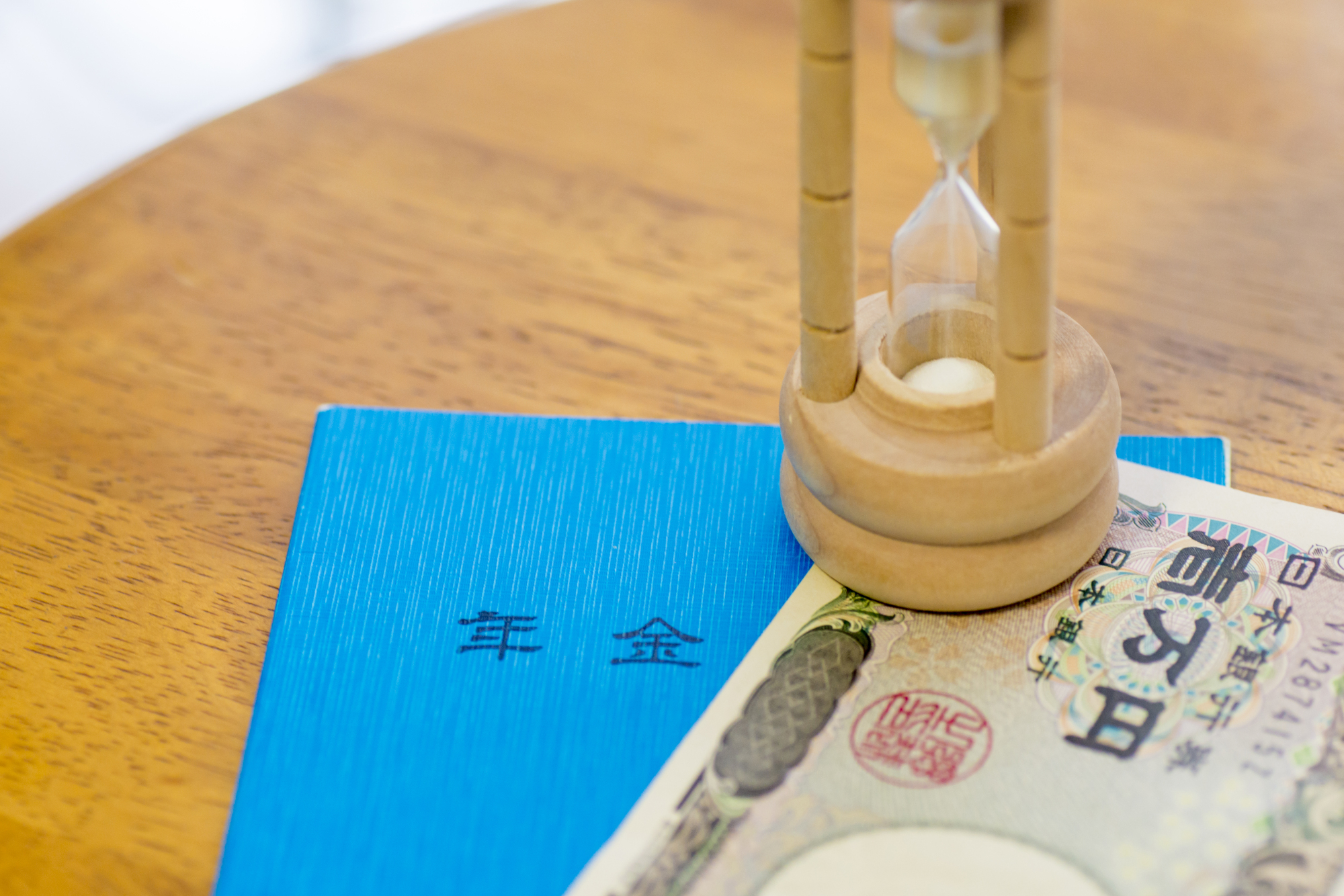The Abe administration emphasizes the arrival of the "100-year life," and the government envisions labor market reforms that meet the needs of a society in which people live much longer than past generations. While elderly people will need to have more money to cover the expenses of living longer, the policies that address this issue are not being seriously discussed by the government.
Given the growing length of post-retirement life, will people still be able to heavily depend on the public pension system, whose sustainability is threatened by the rapidly aging population and falling fertility rate?
Before discussing reform of the public pension system, let's examine what the 100-year life is really about. First, the current average life expectancy in Japan is 81.09 years for men and 87.26 for women, and the probability of survival to the age of 95 for people born in 2017 is 9.1 percent among men and 25.5 percent among women. So it is a misunderstanding to think that all people will live to the age of 100. At the same time, the population of people who reach 100 or more is growing rapidly. The number of centenarians was 62,000 in 2015 and it will hit 532,000 in 2050, according to the government's population forecast.

















With your current subscription plan you can comment on stories. However, before writing your first comment, please create a display name in the Profile section of your subscriber account page.